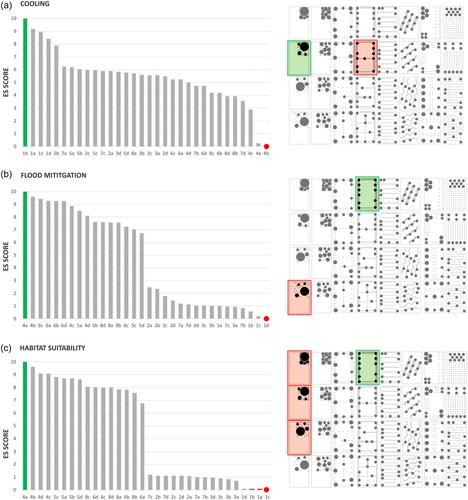Agriculture is confronted by the dual challenges of increasing global demand for food production while reducing negative impacts on the environment. One suggested solution is transitioning modern industrial agriculture to more agroecologically-informed practices, thus realigning increased food production with the carrying capacity of Earth Systems. The transition to multifunctional agroecological systems, that promote the production of multiple ecosystem services (ES) as well as food production, requires an adaptive management process that addresses climate-change, market complexity, practical implementation and knowledge transfer.
This work proposes a spatially explicit methodology to support this process. Spatial agroecology, in this context, combines a new Geographic Information Systems (GIS)-based model (ESMAX) with development of a ‘solution space’ to assist stakeholders identify configurations of agroecological components (in this case, trees on farm) at the scale of a 1 ha paddock to supply a targeted range of regulating ES (cooling effect, flood mitigation and habitat). ESMAX uses distance-decay characteristics specific to each type of regulating ES to quantify and visualise the influence of spatial configuration of ES-supplying tree clumps on overall ES performance.
The results from this application of spatial agroecology suggest regulating ES production at farm and paddock scale is influenced by the arrangement of trees on farm. ESMAX's results show paddocks with large tree clumps return the best cooling effect, while small clumps deliver the best flood mitigation and most suitable habitat. Evenly dispersed arrangements of small tree clumps provide the best multifunctional performance across all three ES modelled in this work.
Designed spatial agroecological interventions can affect landscape multifunctionality at paddock scale, where practical decisions are made and implemented. This provides spatially explicit support of an adaptive management process. Utilising agroecological systems as spatial mechanisms for supplying critical regulating ES also highlights a new function for agriculture in the Anthropocene epoch.


